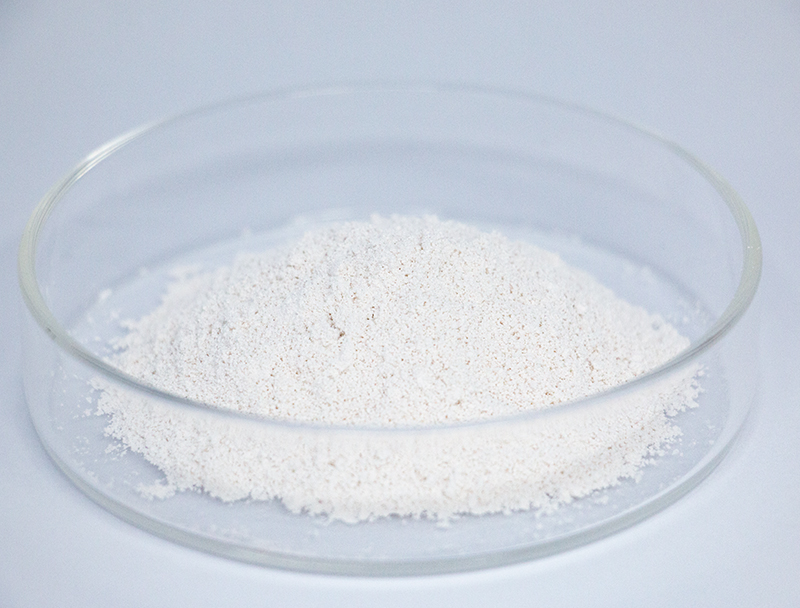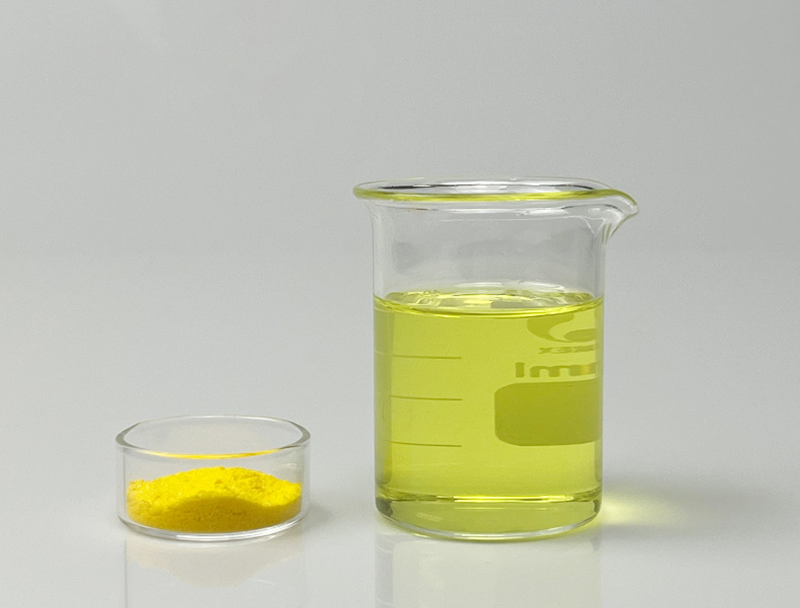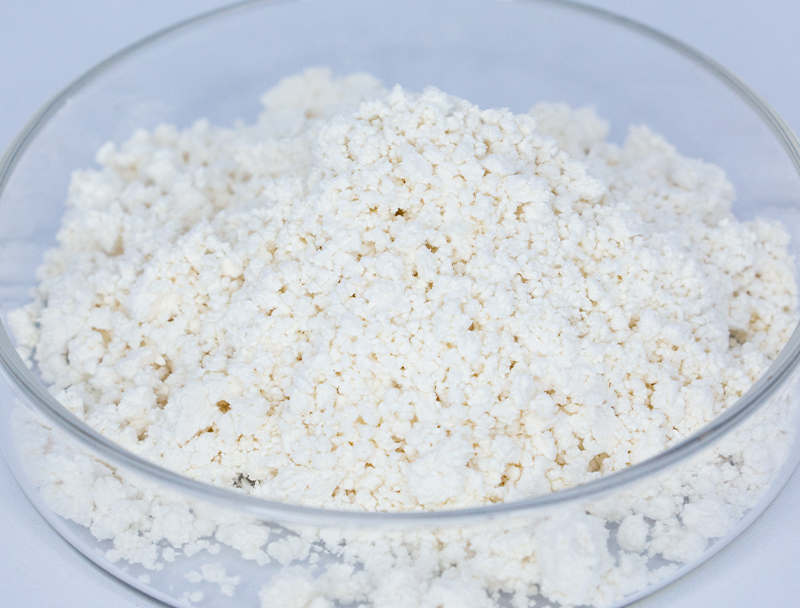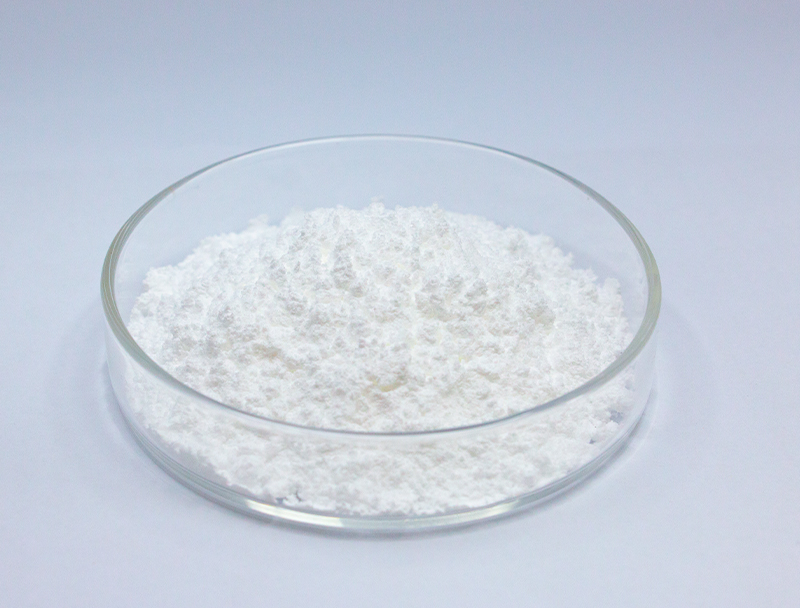
Large-scale bioproduction hinges upon a substantial range of primary inputs for developing state-of-the-art biosolutions.
Preserving long-term supply of raw inputs underpins enduring viability and ethical market growth.
several issues arising from typical material sourcing for instance pollution and systematic depletion of reserves. Consequently, biotech firms need proactively to adopt sustainable procurement approaches to reduce environmental impact.
- Models of sustainable material sourcing include:
- Integrating compostable agricultural waste into supply chains
- Integrating recovery systems to shrink waste while improving throughput
- Aligning with domestic providers that adhere to transparent sourcing
Transitioning to green supply models secures ecological benefits and economic upside.
Enhancing Biomass Composition for Superior Biofuel Results
Increasing biofuel conversion efficiency is tied to feedstock composition and condition. Scientists are constantly exploring novel strategies to optimize these feedstocks, producing improved fuel yields and a lower-carbon energy pathway. This involves genetic modifications to increase biomass production, as well as pretreatment techniques that break down complex plant materials into more readily fermentable sugars.
- In addition, projects pursue feedstocks like algae, waste fractions, and harvested residues to enlarge the selection of eco-friendly biomass for bioenergy.
- Owing to ongoing work the biofuel domain is primed to reach substantial milestones advancing renewable energy adoption.

Advances in Biopharmaceutical Manufacturing: Focus on Upstream Operations
covers the early phases of biopharma production including culturing and biological harvesting New innovations across this area have produced enhanced manufacturing methods that boost yields.
Pivotal enhancements embrace high-performance cell lines, balanced media compositions, and intelligent reactor control systems. These developments raise yield and cut costs as well as diminish environmental consequences.
- Concurrently, continuous manufacturing approaches bring amplified flexibility and more consistent upstream outcomes.
- This transition to advanced manufacturing techniques is set to transform the sector and accelerate therapeutic timelines.

CRISPR and Beyond: Improving Biopharma Production
progresses in gene editing technologies, such as CRISPR-Cas9, have revolutionized the production of biopharmaceuticals. By implementing targeted gene changes, investigators boost production titers of important biologics. This approach holds immense potential for developing more efficient and affordable biopharmaceuticals to address a wide range of diseases.
Microbial Approaches to Effective Bioremediation
advanced microbe-driven remediation methods to treat contaminated sites sustainably. Various microbial strains are capable of breaking down toxins into safer constituents.. Utilizing microbial metabolism supports eco-friendly site cleanup methods that limit secondary harm from remediation.. Laboratories test microbial species for efficacy against metals, pesticide pollutants, and oil-related contamination. These microbes operate in engineered systems or direct environmental applications to metabolize and remove contaminants.
Microbial remediation approaches present key benefits relative to classic remediation methods. Such strategies are budget-friendly and lessen the creation of harmful byproducts. Furthermore, microbial solutions are highly specific, allowing for the remediation of particular pollutants without disrupting the broader ecosystem. Research progresses swiftly to enhance microbial remediation efficiency and practical effectiveness.
The Role of Bioinformatics in Drug Discovery and Development
Data-driven bioinformatics is critical for modern pharmaceutical innovation. From predictive screening to lead refinement, computational biology underpins more efficient drug pipelines.
- With analysis of broad omics and clinical datasets, bioinformatic experts identify targets and model drug effects.
- Additionally, simulation tools enable prediction of binding and activity, guiding creation of more potent drugs.
- Ultimately, informatics is transforming R&D and shortening timelines to deliver safe, efficacious therapies to patients.
Fine-Tuning Metabolism to Maximize Bioproduct Synthesis
deploys several tactics to elevate cellular production of valuable biochemicals. Methods might combine targeted gene changes to rechannel flux, regulatory element design to control expression, and exogenous gene introduction to provide fresh capabilities.. By calibrating pathway dynamics and expression levels teams can greatly amplify bioproduct yields.
This comprehensive strategy could transform numerous sectors such as pharmaceuticals, farming, and renewable energy.

Barriers and Benefits When Expanding Biopharmaceutical Manufacturing
Commercializing biopharma production involves significant constraints and promising benefits. A primary obstacle is ensuring uniform quality control as volumes rise. Overcoming this requires advanced process control, continuous monitoring, and sensitive analytical platforms.

Another concern is that bioprocessing workflows are inherently complex and multi-staged.. Transforming bench processes into N-Acetylneuraminic acid industrial practice requires sustained research and engineering innovation. However, the prospective rewards are sizable. Efficient scale-up can amplify access to medicines, compress costs, and strengthen returns.
Numerous initiatives aim to tackle these scaling challenges. Programs comprise advanced optimization systems, real-time process monitoring tools, and innovative production strategies.
- Development efforts are also playing a crucial role in advancing biopharmaceutical production capabilities.
- Regulatory frameworks are being optimized to accommodate novel production technologies and promote innovation.
Regulatory Considerations to Maintain Biopharmaceutical Safety and Performance
Developing biologic treatments requires exacting oversight to ensure consistent safety and efficacy. Biologically based treatments require tailored oversight and production controls beyond those for typical medicines.
Authorities including the FDA and EMA implement guidelines and thresholds to assess and approve novel biologic products.
Extensive evaluation procedures are essential across development phases, spanning preclinical work to post-market checks.. These steps are designed to surface risks and verify that biopharmaceuticals comply with elevated safety thresholds..
Also, governing institutions evolve their strategies to respond to swift advances in biopharmaceutical science.. Actions include accepting new technologies and streamlining development channels while safeguarding patient health.

Plant-Origin Feedstocks in the Production of Bioplastics
A stronger push for environmentally responsible materials is driving research into renewable options. Plant-origin feedstocks converted into bioplastics create promising opportunities for eco-friendly materials. Sources like cornstarch, cellulose fibers, and sugarcane biomass can transform into compostable plastics that decompose and reduce pollution.
Similarly, selected bioplastics offer analogous properties to traditional plastics suitable for many applications.. Ongoing R&D is essential to scale plant-based bioplastics and realize circular economic benefits.
Emerging Biotech Solutions for Health and Food Security
Modern biotech tools present opportunities to improve global health and stabilize food production. By applying gene editing, synthetic biology constructs, and cellular therapies, scientists create tools to fight disease, raise yields, and boost nutrition.. One example is bioengineered crops that withstand pests and stressors, enabling higher yields with less pesticide input.. Also, biotechnological innovation fuels development of immunizations, antimicrobial treatments, and diagnostic platforms vital for disease control and population health.. With ongoing research, biotech is positioned to enable broad improvements in health and food security that serve global populations.
